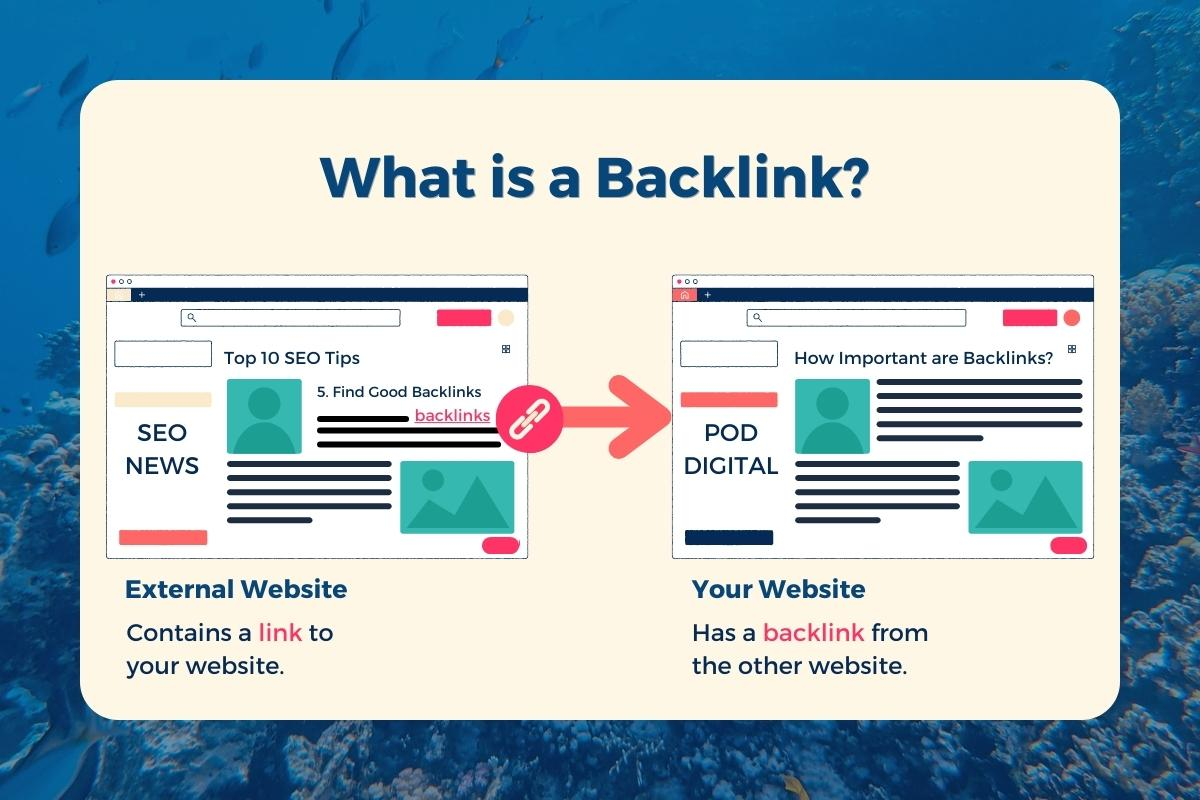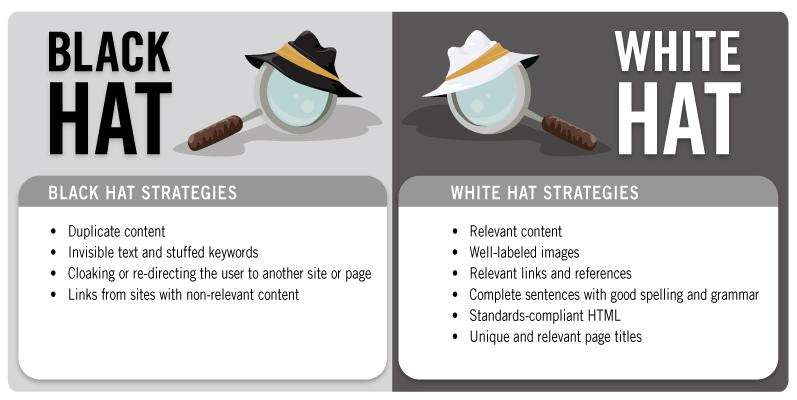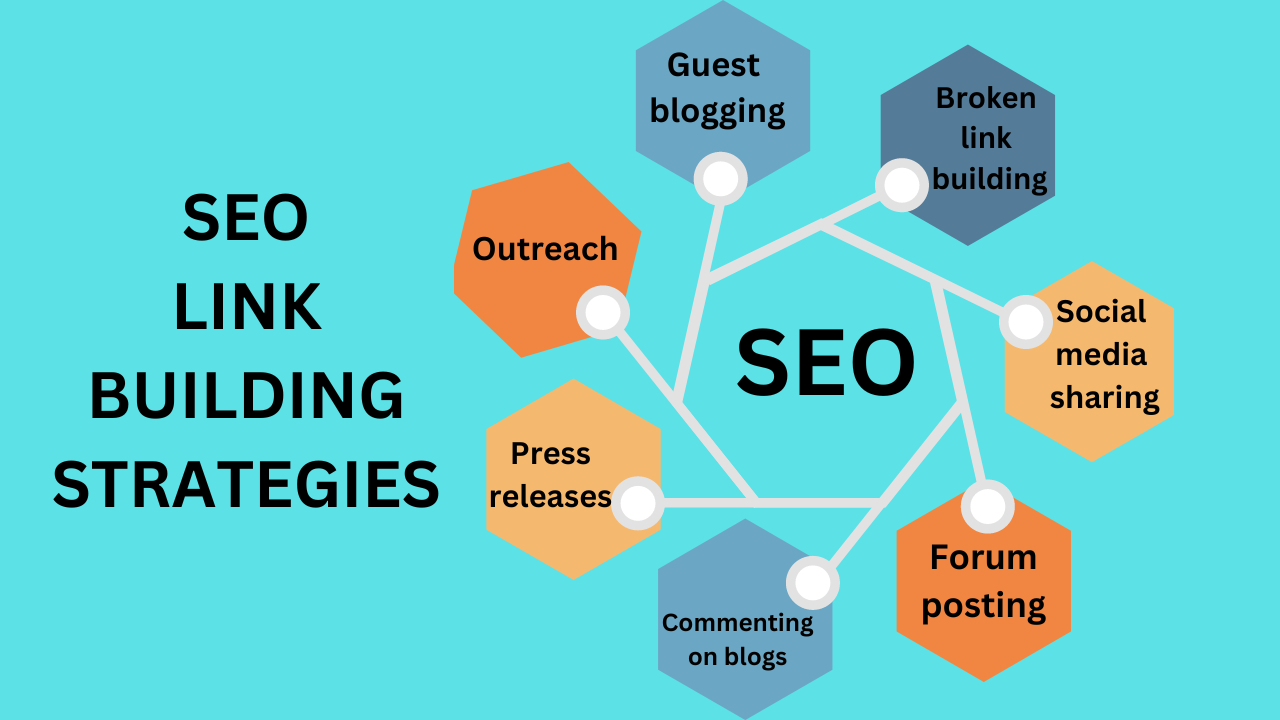How to Do SEO: A Complete Guide to Search Engine Optimization (2025 Edition)
In today’s digital world, showing up on Google’s first page is no longer optional—it’s essential. Whether you run a blog, an e-commerce store, or a local business website, SEO (Search Engine Optimization) is the key to increasing visibility, traffic, and ultimately, conversions.
This complete SEO guide will walk you through everything you need to know to start optimizing your website for search engines in 2025 and beyond.
What is SEO?
SEO stands for Search Engine Optimization, the practice of optimizing your website and its content to rank higher in search engine results pages (SERPs), such as Google, Bing, and Yahoo.
The higher your website ranks, the more visibility and organic (unpaid) traffic it receives.
Why SEO Matters
- Increased Visibility: Over 90% of online experiences begin with a search engine.
- Credibility & Trust: Websites on the first page are viewed as more credible.
- Cost-Effective Marketing: Organic traffic is free, unlike paid ads.
- Long-Term Growth: Good SEO brings sustainable traffic over time.
Types of SEO
To do SEO effectively, you need to understand its three main components:
1. On-Page SEO
This involves optimizing the content and structure of your website pages.
Key elements:
- Keywords
- Content quality
- Meta titles & descriptions
- Header tags (H1, H2, etc.)
- URL structure
- Internal linking
- Image optimization
2. Off-Page SEO
Off-page SEO refers to actions taken outside your website to impact your rankings.
Key elements:
- Backlinks (incoming links from other websites)
- Social sharing
- Brand mentions
- Influencer outreach
- Guest posting
3. Technical SEO
Focuses on improving the backend structure and performance of your site.
Key elements:
- Site speed
- Mobile-friendliness
- Secure connection (HTTPS)
- Crawlability
- Sitemap and robots.txt
- Structured data (Schema)
Step-by-Step Guide to Doing SEO
Step 1: Keyword Research
Before writing content, you must find out what your audience is searching for.
Tools to use:
- Google Keyword Planner
- Ahrefs
- SEMrush
- Ubersuggest
- AnswerThePublic
Tips:
- Focus on long-tail keywords (e.g., “best red light therapy for acne”)
- Look for high search volume + low competition
- Understand search intent (informational, transactional, navigational)
Step 2: Optimize On-Page SEO
Once you have keywords, apply them strategically.
1. Meta Title & Description
- Include the main keyword.
- Make it clickable and under 60 characters.
2. URL Structure
- Keep it short and readable.
- Use hyphens and include the keyword.
Example:https://example.com/seo-guide-2025
3. Use Header Tags
- Use H1 for the main title (only one per page).
- Use H2 and H3 for subheadings.
4. Content Optimization
- Use keywords naturally (avoid stuffing).
- Answer questions users might have.
- Use bullet points, lists, and short paragraphs.
5. Image Optimization
- Use descriptive file names (e.g.,
seo-strategy.png) - Add ALT tags with relevant keywords
- Compress images for faster loading
Step 3: Create High-Quality Content
Content is the heart of SEO. You need to create valuable, engaging, and original content.
What makes good SEO content?
- Solves a real problem
- Written for humans, optimized for search engines
- Updated regularly
- Includes internal and external links
Pro tip: Use the E-E-A-T framework: Experience, Expertise, Authoritativeness, Trustworthiness.
Step 4: Build Backlinks (Off-Page SEO)
Backlinks are one of Google’s top ranking factors.
Strategies to earn backlinks:
- Guest posting
- Creating shareable infographics or tools
- Writing testimonials
- Broken link building
- Outreach to influencers and bloggers
Tip: Focus on quality over quantity. A single backlink from Forbes is better than 100 from unknown blogs.
Step 5: Technical SEO
Even if your content is great, it won’t rank if your site isn’t technically sound.
Checklist:
- Use HTTPS
- Make sure your website is mobile-friendly
- Optimize for speed (use tools like GTmetrix or PageSpeed Insights)
- Fix crawl errors (use Google Search Console)
- Submit a sitemap
- Use canonical tags to avoid duplicate content
- Add Schema markup for rich snippets
Step 6: Local SEO (if applicable)
If you run a local business, optimize for Local SEO.
Steps:
- Create/claim your Google Business Profile
- Add local keywords (e.g., “dentist in New York”)
- Get reviews from customers
- Add NAP (Name, Address, Phone) consistently across directories
- Use local schema
Step 7: Monitor and Measure SEO Performance
Track what’s working and what needs improvement.
Tools to use:
- Google Search Console: Tracks impressions, clicks, and indexing issues
- Google Analytics: Understand user behavior and traffic sources
- Ahrefs / SEMrush / Moz: Track rankings and backlink profiles
KPIs to track:
- Organic traffic
- Keyword rankings
- Click-through rate (CTR)
- Bounce rate
- Conversion rate
Step 8: Stay Updated with SEO Trends
SEO is constantly evolving. Keep learning to stay ahead.
Latest SEO Trends in 2025:
- Google’s SGE (Search Generative Experience) & AI-generated answers
- Voice search optimization
- First-hand content experiences (Google values lived experience)
- Video SEO (YouTube + embedded videos)
- Core Web Vitals importance continues
- Zero-click searches and featured snippets
Common SEO Mistakes to Avoid
- Keyword stuffing
- Buying backlinks
- Ignoring mobile users
- Duplicated content
- Slow-loading pages
- No SSL certificate (HTTPS)
- Not optimizing for local search
- Ignoring user experience (UX)
Final Thoughts
SEO is not a one-time task; it’s an ongoing process that requires time, strategy, and consistency. The more you invest in optimizing your content, site structure, and authority, the more you’ll benefit from long-term, sustainable traffic.
Whether you’re doing SEO on your own or working with an agency, start with the basics, monitor results, and adjust strategies accordingly. With time and patience, you’ll see your rankings climb and your business grow.




